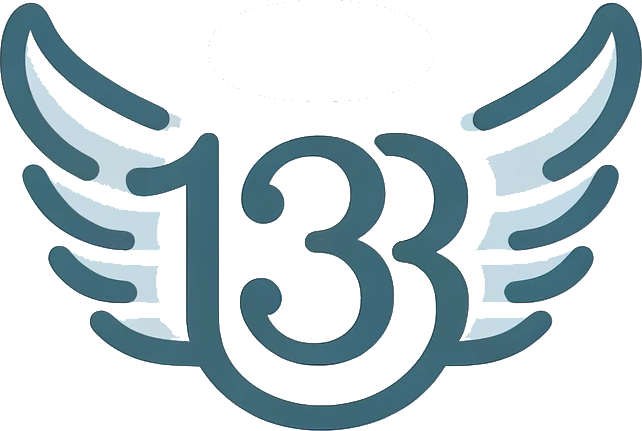Introduction
Apley’s Test is a physical examination maneuver used by healthcare providers to assess meniscus injuries in the knee joint. This test is named after Dr. Alan Graham Apley, a British orthopedic surgeon who first described it in the 1940s. Meniscus injuries are common in athletes and individuals who participate in activities that involve twisting or rotating the knee. The meniscus is a C-shaped piece of cartilage that acts as a shock absorber and provides stability to the knee joint. In this article, we will delve into the details of Apley’s Test, its significance in diagnosing meniscus injuries, and how it is performed.
Anatomy of the Knee
Before we delve into Apley’s Test, it is essential to understand the basic anatomy of the knee joint. The knee is one of the largest and most complex joints in the human body, comprised of three bones: the femur (thigh bone), the tibia (shin bone), and the patella (kneecap). The ends of these bones are covered with a smooth layer of articular cartilage that enables them to glide smoothly against each other during movement. The knee joint also contains two C-shaped wedges of cartilage called menisci – one on the inner (medial) side and one on the outer (lateral) side of the joint. These menisci act as cushions, distributing the body’s weight and reducing friction during movement.
Meniscus Injuries
Meniscus injuries are common knee injuries that can occur due to sudden twisting or rotating movements. Athletes, particularly those involved in sports that require pivoting, cutting, or sudden stops and starts, are more prone to meniscus tears. Older adults are also at risk of meniscus injuries due to wear and tear over time. The symptoms of a meniscus injury include pain, swelling, stiffness, locking or catching sensation in the knee, and difficulty fully extending or flexing the knee.
Apley’s Test
Apley’s Test is a physical examination maneuver used to assess for meniscus injuries, specifically tears. This test helps healthcare providers determine the presence and location of a meniscus tear based on the patient’s pain response and limitations in movement. Apley’s Test is commonly performed along with other clinical tests and imaging studies to diagnose meniscus injuries accurately.
Performing Apley’s Test
To perform Apley’s Test, the patient lies prone (face down) on an examination table with their knee flexed to 90 degrees. The healthcare provider then applies downward pressure on the patient’s heel while simultaneously rotating the lower leg internally and externally. This movement compresses the meniscus between the femur and tibia, reproducing symptoms in cases of meniscus injury. The provider also assesses the patient’s range of motion and any pain or clicking sensations during internal and external rotation.
Interpreting Apley’s Test
During Apley’s Test, if the patient experiences pain or restriction in movement during external rotation of the tibia, it may indicate a medial meniscus injury. Conversely, pain or limitations during internal rotation may suggest a lateral meniscus injury. The healthcare provider carefully evaluates the patient’s responses and compares them to the findings of other physical tests and imaging studies to make an accurate diagnosis of meniscus injury.
Significance of Apley’s Test
Apley’s Test is a valuable tool in the assessment of meniscus injuries due to its ability to reproduce symptoms and pinpoint the location of a meniscus tear. By combining this test with other clinical assessments and imaging modalities, healthcare providers can formulate a comprehensive treatment plan for patients with meniscus injuries. Early and accurate diagnosis of meniscus tears is crucial in guiding appropriate treatment, which may include conservative measures such as rest, physiotherapy, and bracing, or in some cases, surgical intervention to repair or remove the torn meniscus.
FAQs (Frequently Asked Questions)
1. What are the common causes of meniscus injuries?
Meniscus injuries can occur due to sudden twisting or pivoting movements, direct blows to the knee, degenerative changes in the meniscus with aging, or repetitive stress on the knee joint.
2. Can meniscus tears heal on their own without surgery?
Small tears in the meniscus can sometimes heal on their own with rest, ice, elevation, and physical therapy. However, larger or complex tears may require surgical intervention.
3. How is Apley’s Test different from McMurray’s Test in assessing meniscus injuries?
While both Apley’s Test and McMurray’s Test are used to assess for meniscus injuries, they differ in the movements performed. Apley’s Test involves compression and rotation of the knee joint, while McMurray’s Test focuses on passive flexion and extension combined with rotation to elicit pain or clicking in the knee.
4. Are there any risks associated with performing Apley’s Test?
Apley’s Test is a non-invasive physical examination maneuver and is generally safe. However, it may cause discomfort in individuals with acute knee injuries or limited range of motion. Healthcare providers should perform the test with caution and communicate effectively with the patient throughout the procedure.
5. How long does it take to recover from a meniscus injury?
The recovery time for a meniscus injury varies depending on the severity of the tear, the individual’s age and overall health, and the treatment approach chosen. Mild to moderate meniscus tears may heal within a few weeks to a few months with conservative treatment, while more significant tears or surgical repairs may require a longer recovery period.
In conclusion, Apley’s Test is a valuable clinical tool in the assessment of meniscus injuries, providing healthcare providers with important information to diagnose and manage these common knee conditions. By understanding the anatomy of the knee, the mechanism of meniscus injuries, and the significance of Apley’s Test in clinical practice, healthcare professionals can effectively evaluate and treat patients with suspected meniscus tears. If you experience symptoms of a meniscus injury, such as knee pain, swelling, or locking, consult a healthcare provider for a thorough evaluation and appropriate management based on your specific condition.
